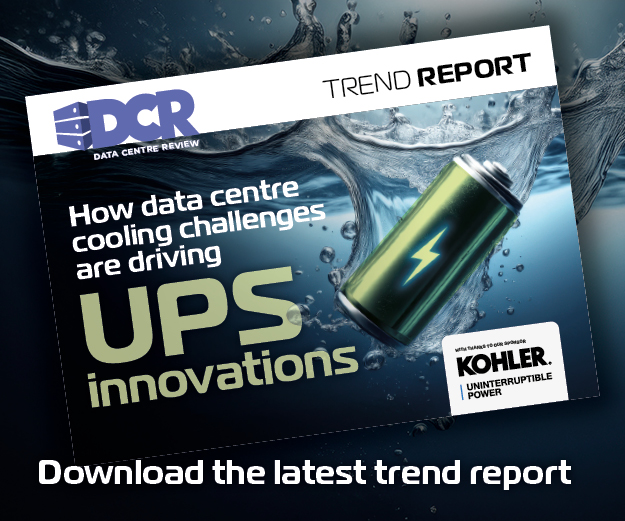The sector needs to accelerate its efforts when it comes to reaching sustainability goals, says Terry Storrar, Managing Director UK at Leaseweb.
As a major energy consumer, the technology industry has a huge role to play in ensuring the world can meet its current and future sustainability goals. More specifically, cloud service providers – among the largest operators of power-hungry data centre infrastructure – are front and centre of the drive to be more efficient.
There are, for instance, over 450 data centres in the UK alone, according to industry figures – a number dwarfed by the US, where there are now over 2,700 and where demand is expected to grow by 10% a year to 2030.
This has clear implications for power consumption. By 2025, it is estimated that data centres will account for a third of the energy used globally across the technology sector. Considering the size of the IT industry overall, it means data centre operators must take more responsibility for improving environmental performance. The reasons are well understood – data centres typically encompass large pieces of infrastructure that require lots of electricity to power compute and storage systems and to keep them cool.
The sense of urgency linked to energy efficiency and carbon emissions continues to grow, with the recent record-breaking heatwaves in Europe and other parts of the world underlining the need to deliver on globally agreed environmental objectives. As sustainability continues to drive public opinion and policy-making, it’s clear that every industry sector will need to accelerate its efforts and significantly improve performance.
Delivering sustainable technology infrastructure
While it’s tempting to assume that the massive growth in cloud-based services and the expansion of the data centre industry is bad news for sustainability, there are also a growing number of opportunities to deliver a range of energy-efficient solutions for businesses everywhere.
For example, by using cloud services, organisations can avoid the need to build and manage their own infrastructure – typically a time-consuming and costly process. In doing so, it’s an approach that can save energy, particularly given the option to increase or reduce the use of tech resources according to need. Compared to the use of dedicated servers and other factors such as better CPU utilisation, cloud infrastructure can offer a more sustainable option for many business technology use cases.
Another advantage offered by modern data centres is that they can enable users to move to a power-on-demand approach, whereby power consumption is more accurately determined according to need. There are also growing examples of data centre operators implementing technologies to reclaim power more efficiently, so they draw less from the grid.
Indeed, according to industry research, organisations that move from on-premises systems to Infrastructure-as-a-Service (IaaS) architectures can reduce energy usage and carbon emissions by up to 65% and 84% respectively.
Also rising up the list of priorities is the role played by power-hungry legacy technologies – an issue that widely affects the environmental performance of organisations using ageing on-premises infrastructure. The core issue here is that as their tech gets older, it becomes less energy efficient, a problem that becomes increasingly evident when compared to the newer technologies used by cloud service providers that have been designed to reduce electricity consumption.
Similarly, virtualisation technologies enable multiple systems to be delivered via a smaller number of servers when compared to traditional approaches to resource delivery. Used at scale in modern data centres, it has an important role to play in the wider effort to build more energy-efficient data centres.
Industry climate goals driving further innovation
On a wider industry level, sustainability has also become a broad strategic imperative, among the most notable initiatives being the Climate Neutral Data Centre Pact. This brings together over 100 data centre operators and trade associations in a commitment to the European Green Deal – the goal of which is to make Europe climate neutral by 2050. In this context, the goal of the Pact is to “ensure data centres are an integral part of the sustainable future of Europe, data centre operators and trade associations agree to make data centres climate neutral by 2030.”
A commitment to better environmental performance is a positive decision that almost every tech-based business can take – what’s needed is the right motivation and mindset. It’s crucial to understand that this isn’t just about cost, not least because organisations are increasingly placing sustainability issues much higher up their list of buying criteria when evaluating and selecting data centre and cloud service providers. As a result, it is driving competitive innovation across the industry – a factor which can only be good news for the long-term health of the planet.




